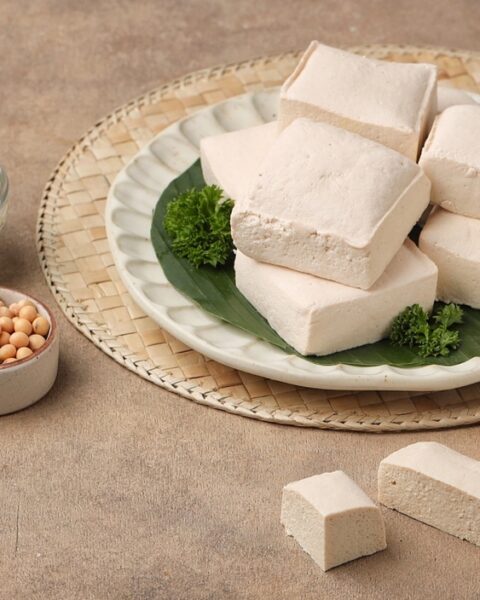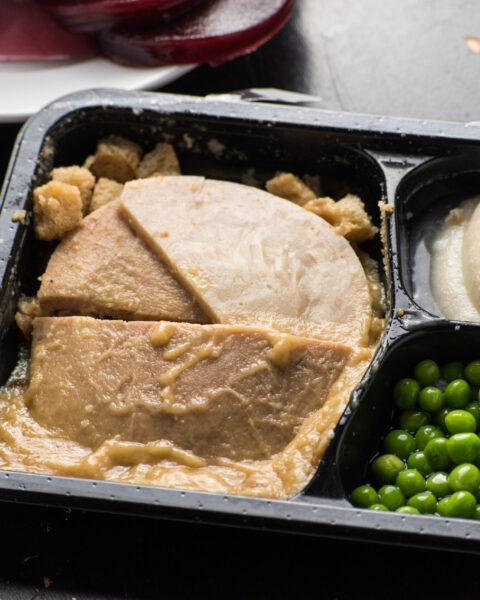A kitchen sponge is one of those things you probably use every day without giving it much thought. But guess what? There are so many cool and unexpected ways to use a kitchen sponge beyond just washing dishes. From gardening hacks to household tips, sponges can be surprisingly versatile. Let’s dive into some clever ideas that will make you see this humble tool in a whole new light. Here are ten creative ways to use a kitchen sponge that you might not have considered before.
Contents
- 1 DIY Ice Pack
- 2 Seed Starter
- 3 Deodorize Your Fridge
- 4 Prevent Plant Overwatering
- 5 Make a Cleaning Eraser
- 6 Protecting Valuables
- 7 Grout Cleaner
- 8 Soap Saver
- 9 Cleaning Narrow Containers
- 10 More From RetailShout
- 11 15 Quick and Comforting Weekend Dinners to End Your Week Right
- 12 15 Easy Plant-Based Comfort Recipes to Satisfy Any Craving
DIY Ice Pack
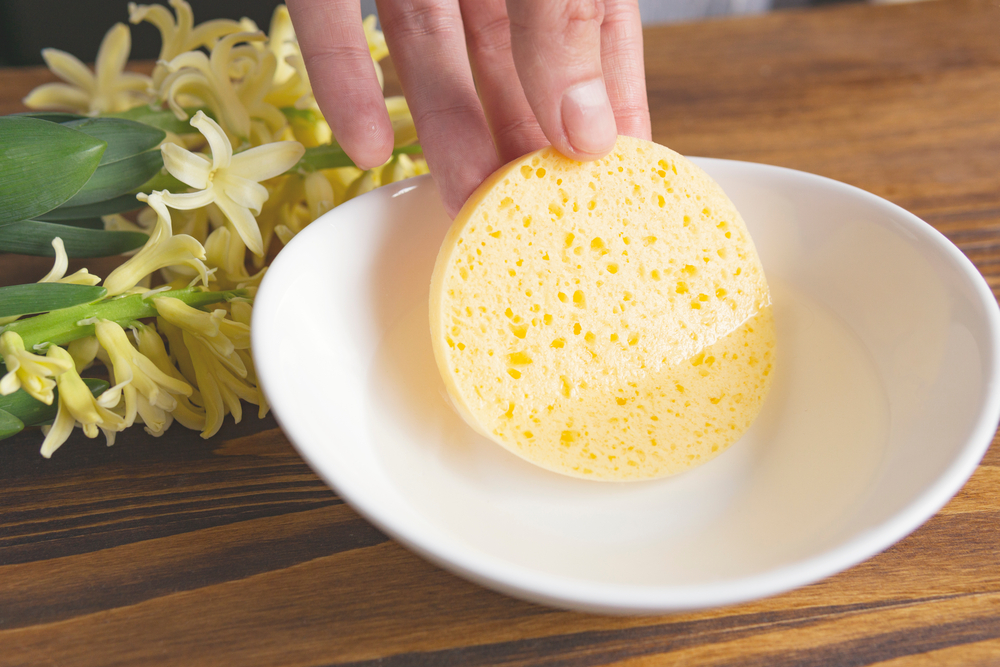
To make an ice pack, simply dip a sponge in water and place it in a zip-top bag before freezing overnight. This DIY ice pack is perfect for soothing pain from minor injuries like bumps and bruises. Unlike traditional ice packs, the sponge remains flexible even when frozen, making it more comfortable to mold around the affected area. Additionally, as the sponge melts, it absorbs the water, preventing drips. It’s an inexpensive and reusable solution, ideal for home use or keeping in a first-aid kit. This method is recommended by.
Seed Starter
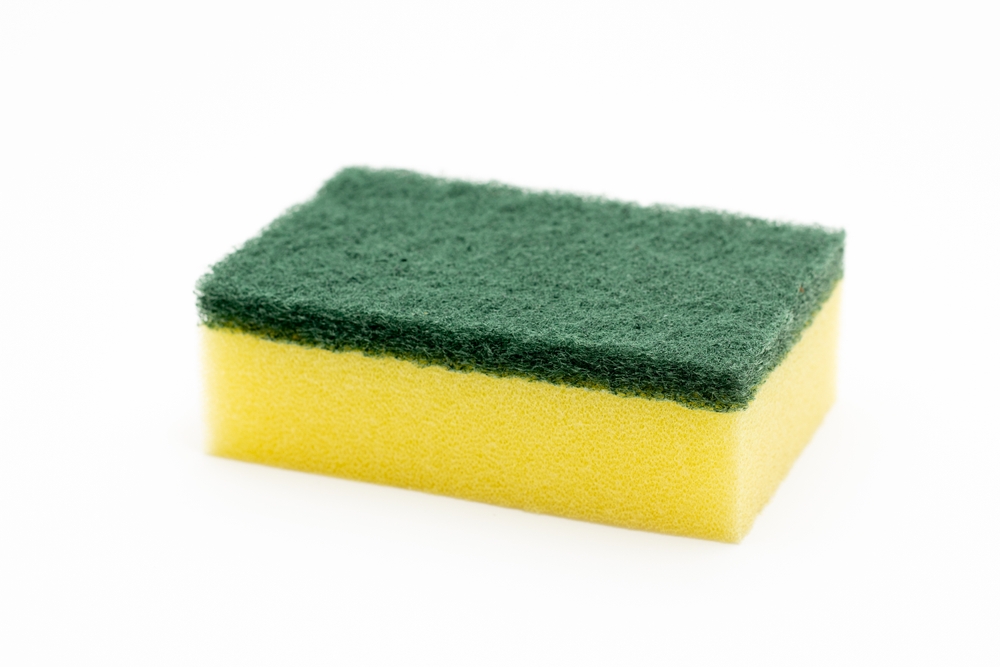
Sponges can be an excellent medium for sprouting seeds. Place a damp sponge in a shallow dish and scatter seeds on top. Keep the sponge moist, and in a few days, you should see sprouts beginning to grow. This method provides a controlled environment for germination and can be transferred to soil once the sprouts are sturdy enough. It’s a cost-effective and space-saving way to start a garden indoors.
Deodorize Your Fridge
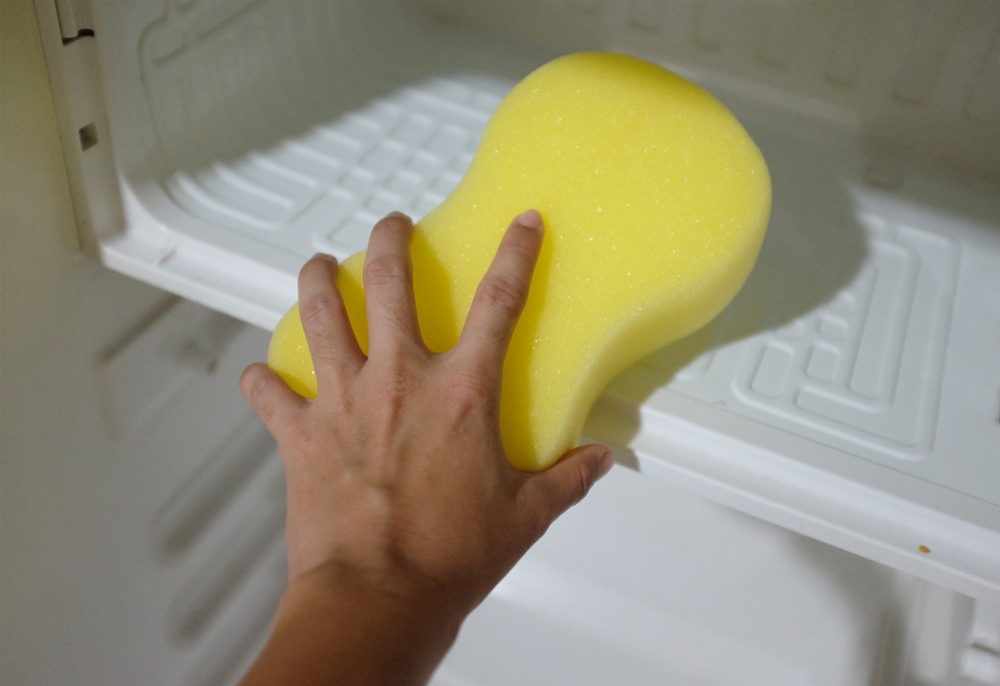
A sponge can help absorb odors in your refrigerator. Dampen the sponge with water, sprinkle it with baking soda, and place it on a shelf. The sponge will draw in unwanted smells, leaving your fridge smelling fresh. Replace the sponge every month to maintain its effectiveness. This hack is especially useful in absorbing strong odors from leftovers or spoiled food. It’s a quick and natural solution that avoids the use of chemical deodorizers.
Prevent Plant Overwatering
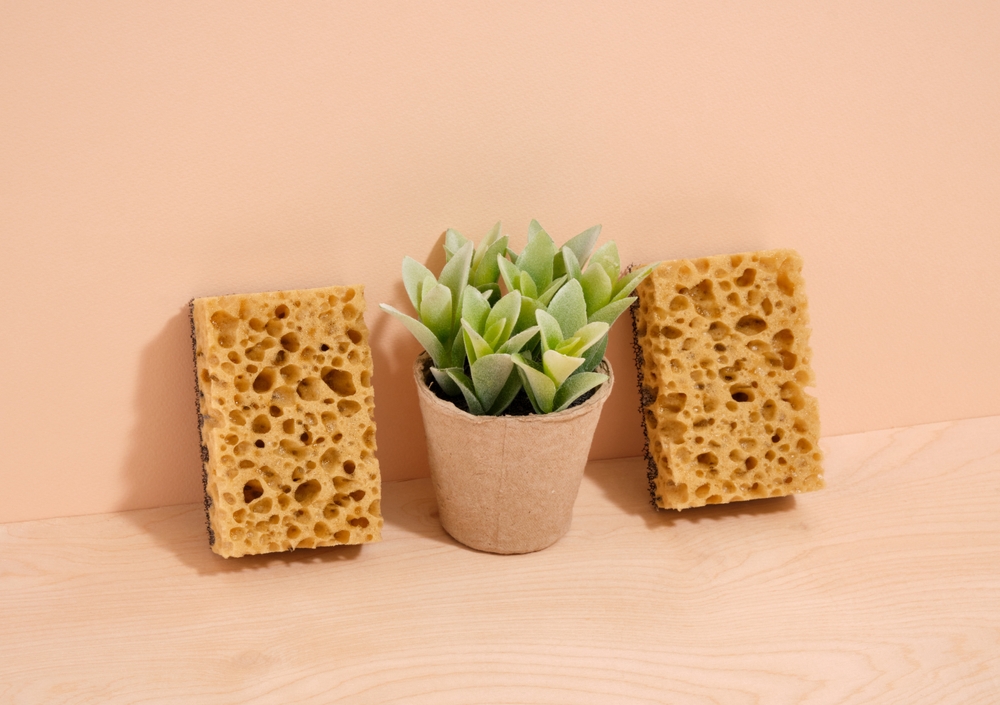
Sponges can be placed at the bottom of plant pots to help manage water drainage. Cut a sponge to fit the base of your pot and place it under the soil. The sponge will absorb excess water, preventing root rot, while releasing moisture back into the soil as needed. This creates a more stable environment for your plants, particularly those that are sensitive to overwatering. This method also helps reduce the frequency of watering, making plant care easier.
Make a Cleaning Eraser
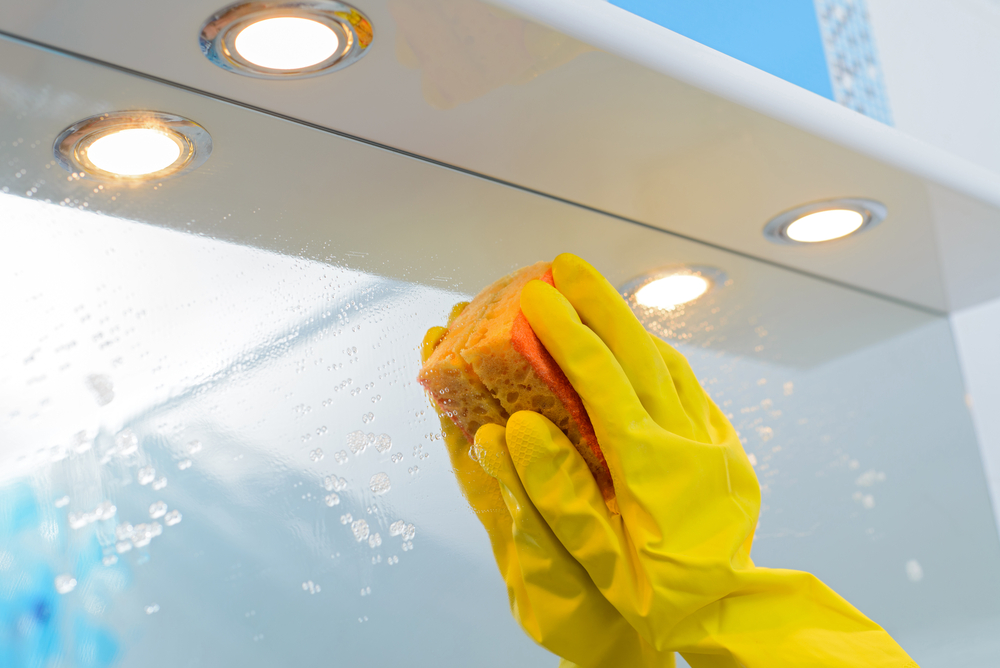
Transform a regular sponge into a powerful cleaning eraser by adding a bit of baking soda. Dampen the sponge and sprinkle it with baking soda to tackle tough stains on surfaces like countertops, sinks, and stovetops. The abrasive texture of the sponge combined with the cleaning power of baking soda makes it effective at removing grime without scratching surfaces. It’s a gentle yet efficient way to maintain a clean kitchen.
Protecting Valuables
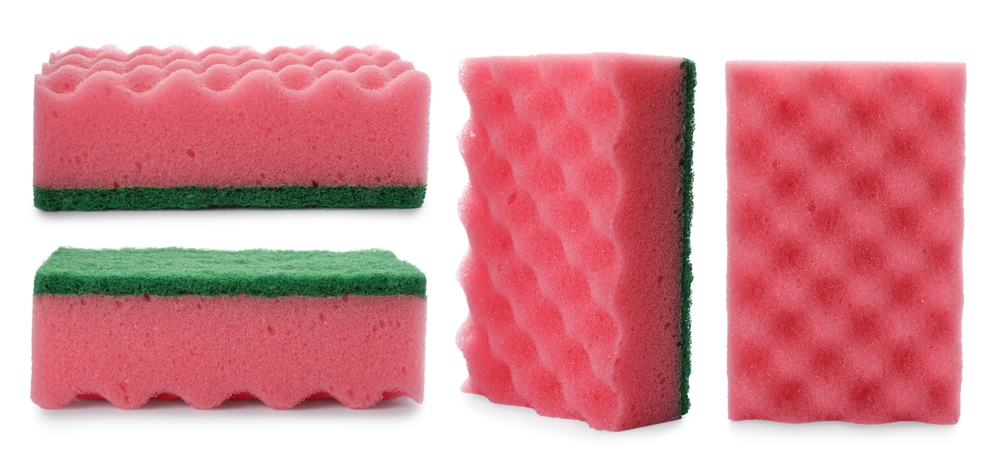
Cut sponges into small pieces to cushion fragile items during storage or transport. Place sponge pieces between plates, glasses, or other breakable items to prevent damage. The spongy material absorbs shocks and vibrations, providing a protective barrier. This is particularly useful when packing for a move or shipping delicate items. It’s a cost-effective alternative to bubble wrap or packing peanuts.
Grout Cleaner
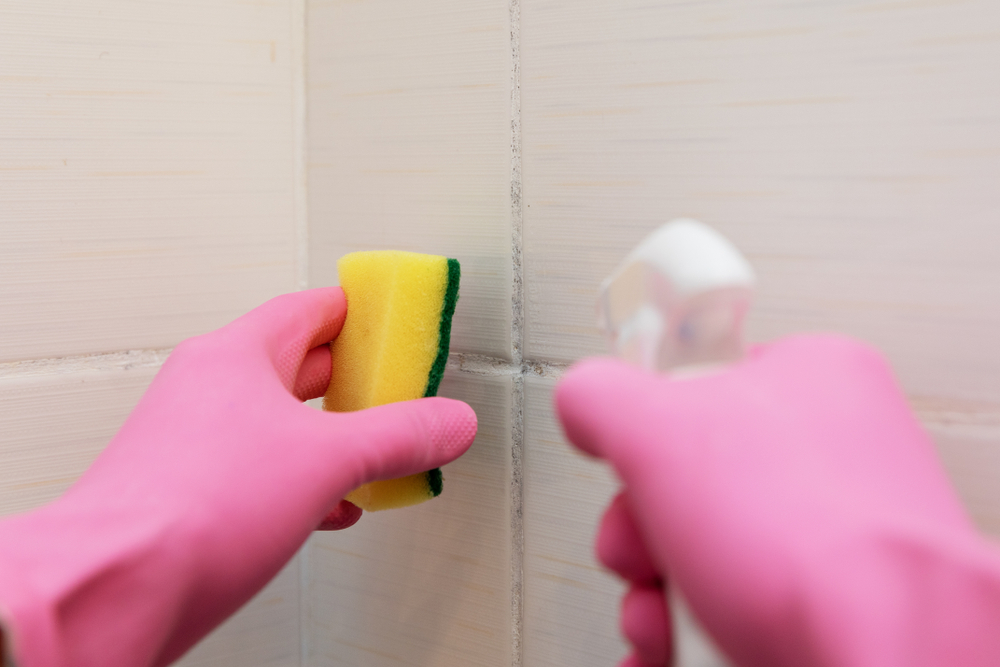
Use a sponge to clean grout lines effectively. Dampen the sponge and apply a mixture of baking soda and hydrogen peroxide. Scrub the grout lines with the sponge to remove dirt and stains. The abrasive surface of the sponge combined with the cleaning solution works well to lift grime from the crevices. This method is less harsh than using a wire brush and can be used regularly to maintain clean grout.
Soap Saver
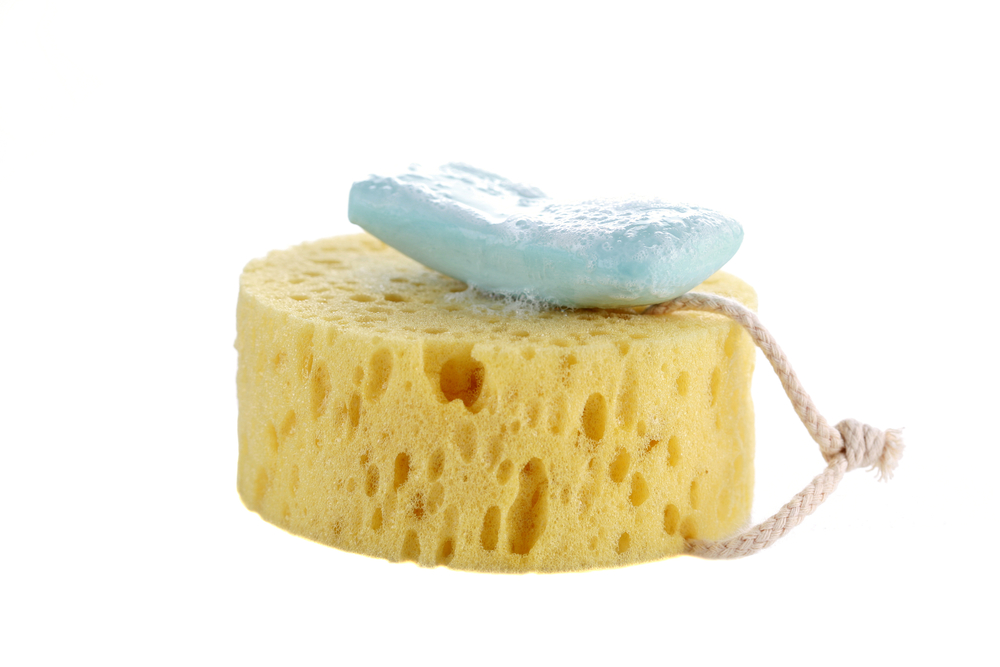
Place a sponge in your soap dish to prevent the bar from sitting in water and becoming mushy. The sponge will absorb excess water, allowing the soap to dry out between uses. This extends the life of your soap and keeps your sink area cleaner. Cut the sponge to fit the dish perfectly for best results. It’s an easy and efficient way to maintain hygiene in the bathroom or kitchen.
Cleaning Narrow Containers
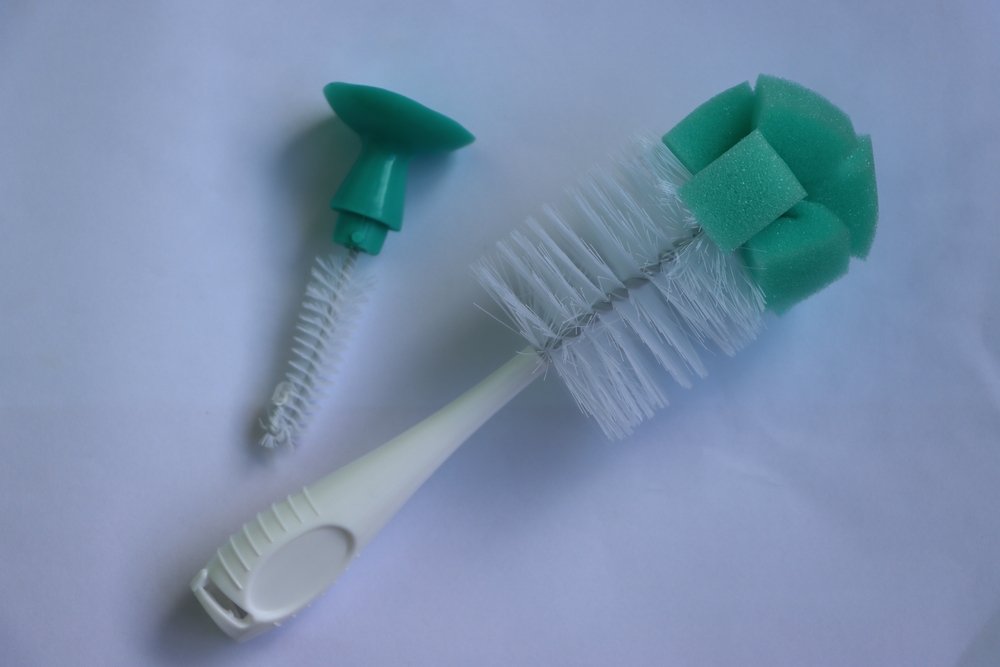
Sponges can be used to clean narrow containers that are difficult to reach with a regular brush. Cut the sponge into strips and attach one to a wooden skewer or a piece of wire. Use this makeshift tool to scrub the insides of vases, bottles, or other narrow containers. It allows for thorough cleaning without the need for special brushes. This method is particularly useful for items with intricate shapes or small openings.
This article originally appeared on RetailShout
More From RetailShout
15 Unhealthy Foods Nutritionists Say You Should Remove from Your Daily Meals

When it comes to eating healthy, knowing what to avoid is just as important as knowing what to eat. Nutritionists often recommend cutting certain foods from your diet to improve overall health, boost energy, and help you feel your best. Read More.
15 Quick and Comforting Weekend Dinners to End Your Week Right

After a long week, there’s nothing better than sitting down to a warm, comforting meal that doesn’t take hours to prepare. These quick weekend dinners are designed to bring you maximum flavor with minimal effort. Read More.
15 Easy Plant-Based Comfort Recipes to Satisfy Any Craving

Comfort food doesn’t have to mean heavy, meat-filled dishes. Plant-based comfort foods are here to satisfy your cravings while being kinder to your health and the planet. Read More.

